What to do if I cannot connect to the Network on my Sharp TV?
- JJasmin AllenSep 8, 2025
If your Sharp TV cannot connect to the Network, verify that the LAN cable is correctly connected. Also, check the “LAN setting”.
What to do if I cannot connect to the Network on my Sharp TV?
If your Sharp TV cannot connect to the Network, verify that the LAN cable is correctly connected. Also, check the “LAN setting”.
What to do if I cannot select the desired channel on my Sharp TV?
If you're having trouble selecting the channel you want on your Sharp TV, try switching between Digital TV and Analogue TV modes.
Why does my Sharp AQUOS LX959H sometimes makes a cracking noise?
The cracking noise your Sharp TV sometimes makes is not a malfunction. It occurs when the cabinet slightly expands and contracts due to temperature changes, and it doesn't affect the TV's performance.
Why do I get no picture or no sound on my Sharp AQUOS LX959H?
If you're experiencing no picture or sound on your Sharp TV, verify that the correct Input source is selected.
What to do if a specific channel cannot be received on my Sharp AQUOS LX959H?
If a specific channel cannot be received on your Sharp TV, check the “Signal strength” and “Quality”.
What does 'no broadcast now' mean on my Sharp TV?
If your Sharp TV displays 'no broadcast now', check the current broadcast.
Crucial safety instructions to prevent hazards.
Guidelines for safely moving the television set.
Safety warnings and guidelines for using 3D glasses.
Instructions for physically mounting the TV stand.
Steps for connecting the TV to a network.
Steps to secure the TV to a wall for stability.
Guide for the initial setup wizard upon first use.
Configuring DTV service settings automatically or manually.
Blocking specific channels to prevent unauthorized viewing.
Registering a 4-digit password for child lock functionality.
Instructions for connecting and using Miracast-compatible devices.
Manually choosing various picture size aspect ratios.
Selecting preset AV modes via the menu.
Selecting preset AV modes using the remote control.
Adjusting picture settings like contrast, brightness, and sharpness.
Adjusting the picture's horizontal and vertical position.
Setting up EPG for receiving broadcast data.
Choosing and tuning into a selected programme from the EPG.
How 3D and 2D images are displayed based on input signals.
Instructions for powering the 3D glasses on and off.
Switching between 2D and 3D viewing modes.
How the TV automatically detects and displays 3D image types.
Selecting 3D/2D viewing when automatic detection fails.
Changing from 3D viewing mode to 2D mode.
Making detailed adjustments to enhance 3D image viewing.
Enabling automatic switching between 3D modes.
Overview of CEC capabilities for HDMI device control.
Explanation of AQUOS LINK technology.
Features and capabilities of AQUOS LINK.
Enabling and controlling AQUOS LINK features.
Playing back titles from an AQUOS BD player via AQUOS LINK.
Adjusting the picture size for PC display.
Controlling the TV via IP network.
Steps for connecting the TV to the internet or home network.
Detailed steps for wired network setup.
Detailed steps for wireless network setup.
Navigating and selecting items on the HOME screen.
General procedures for using the HOME screen.
How to access and view the TV's HOME screen.
Recording DTV programs to a USB HDD.
Enjoying media via USB or home network.
Steps for connecting a USB HDD for recording.
Connecting USB devices for media playback and recording.
Necessary procedure to register a USB HDD for recording.
Accessing media files from USB devices.
Accessing media files from a home network server.
How to begin recording a program to USB.
How to stop and finish USB recording.
Setting timers for future USB recording.
Viewing and managing photo files.
Displaying photos as an automated slideshow.
Solutions for common TV problems and malfunctions.
Specific troubleshooting for digital broadcast reception issues.
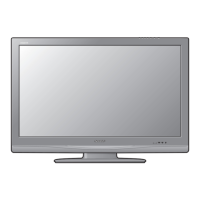


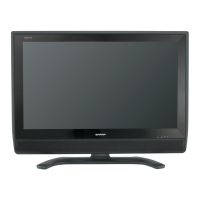
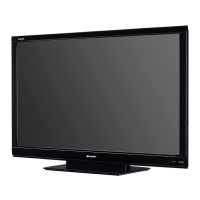


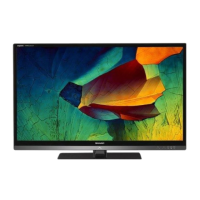
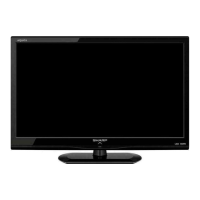
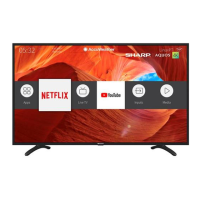
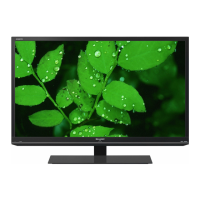
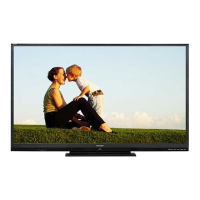
